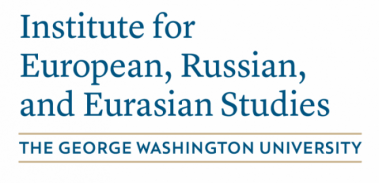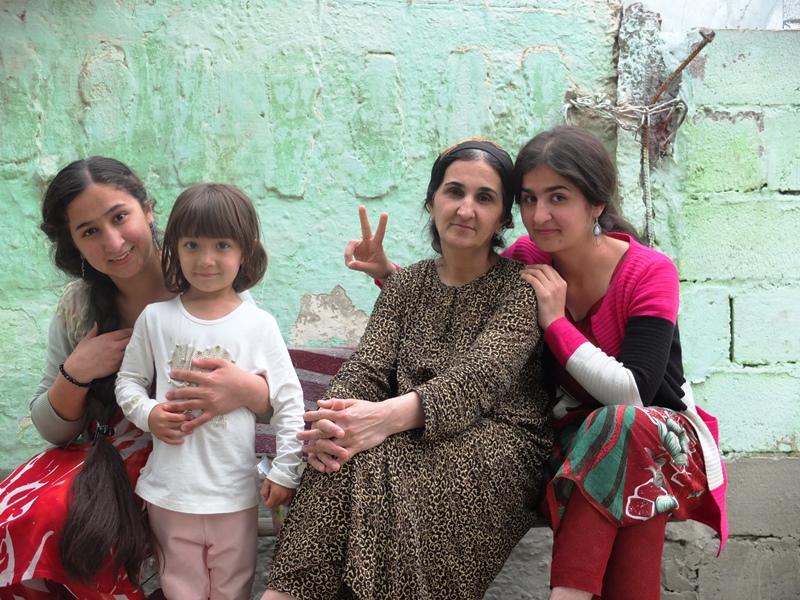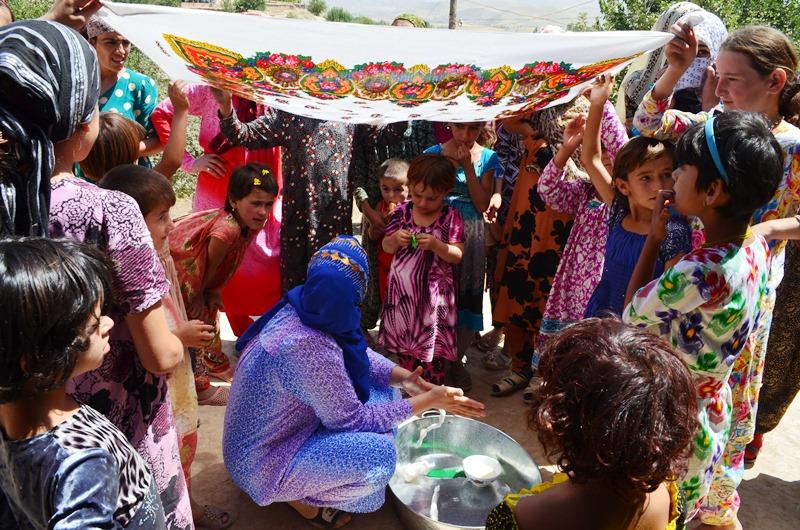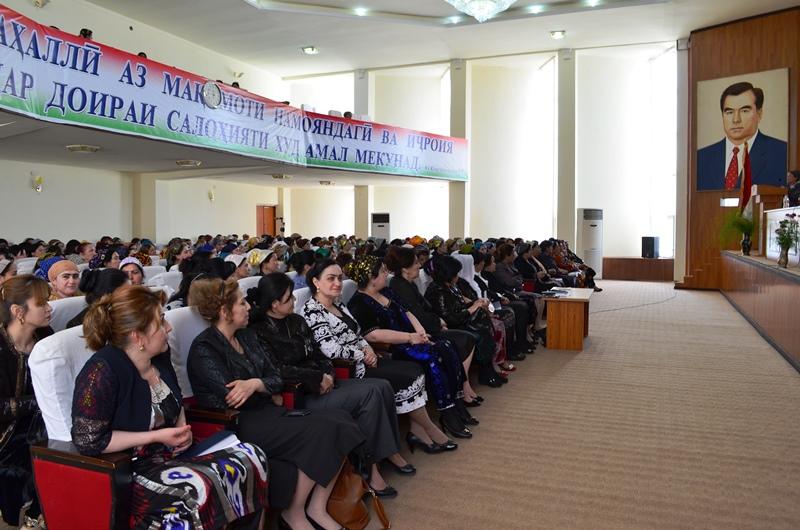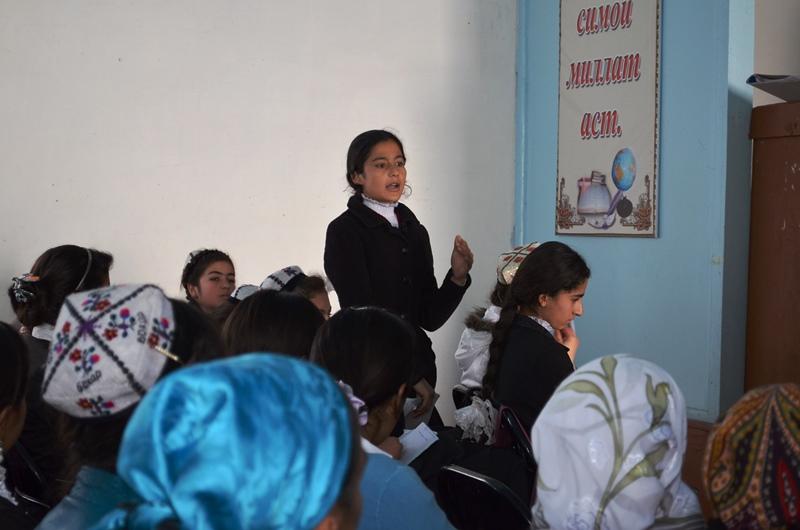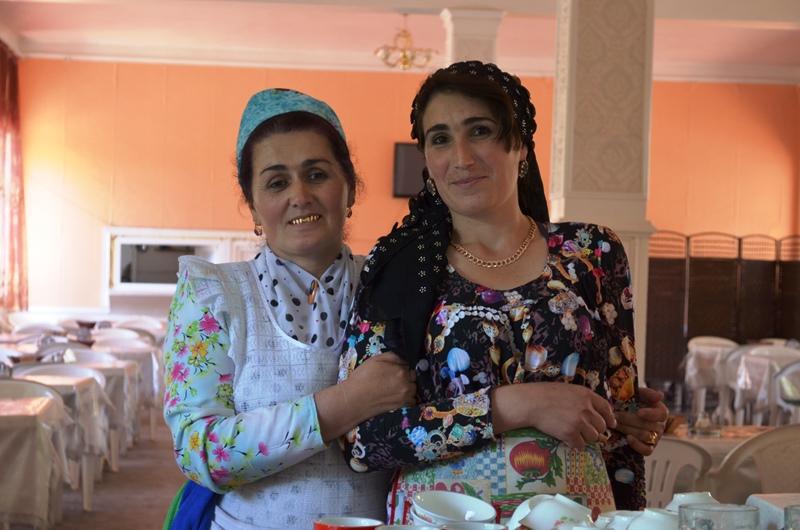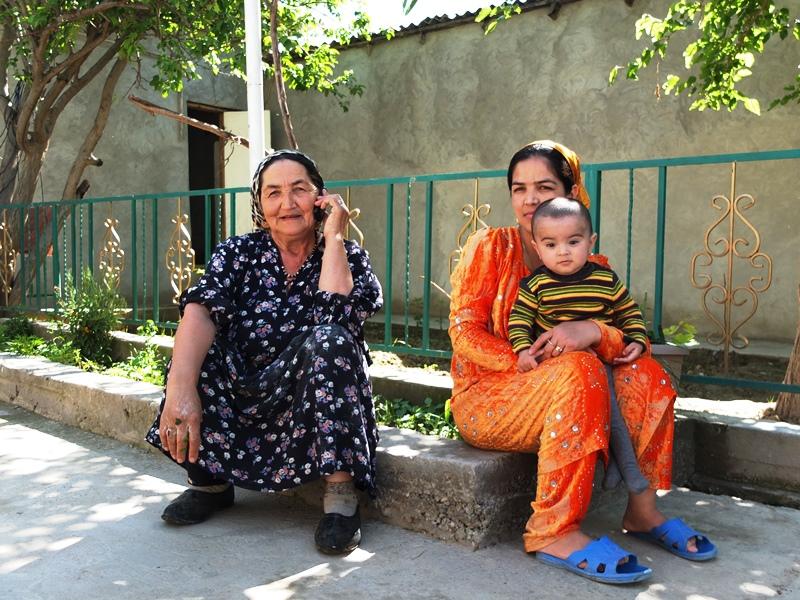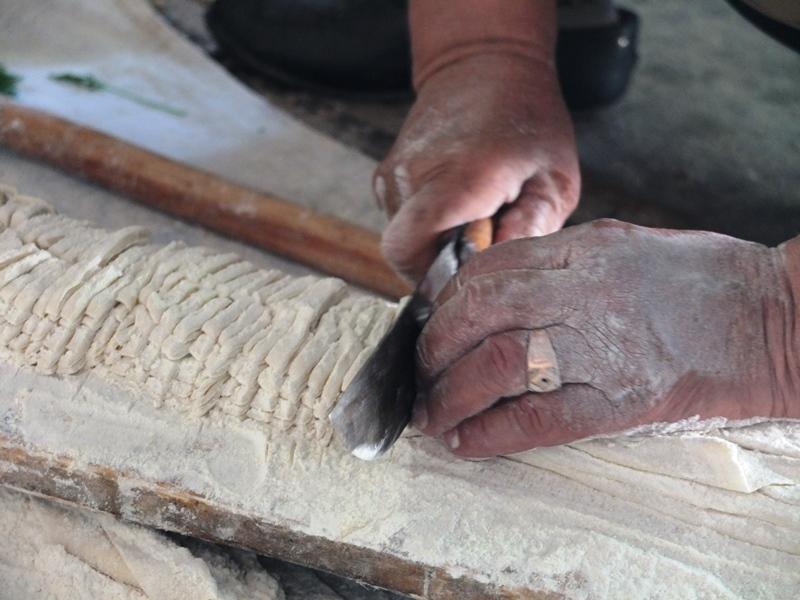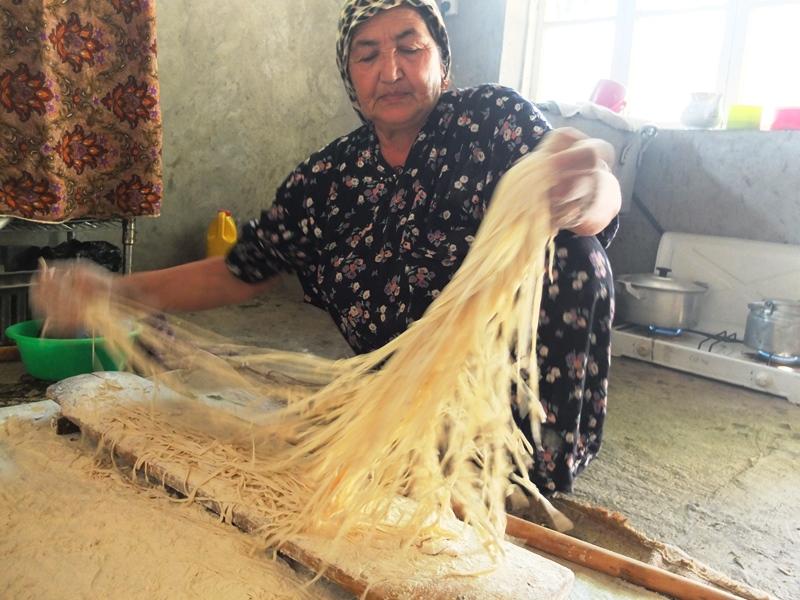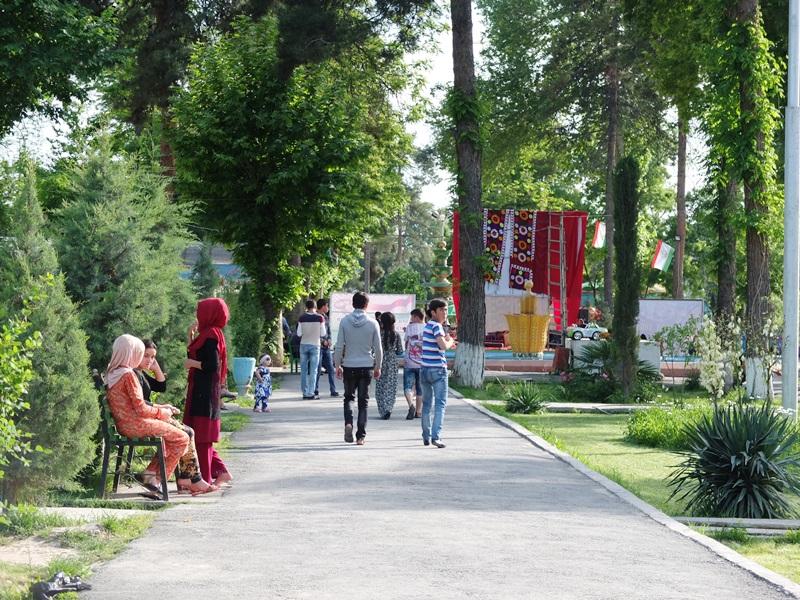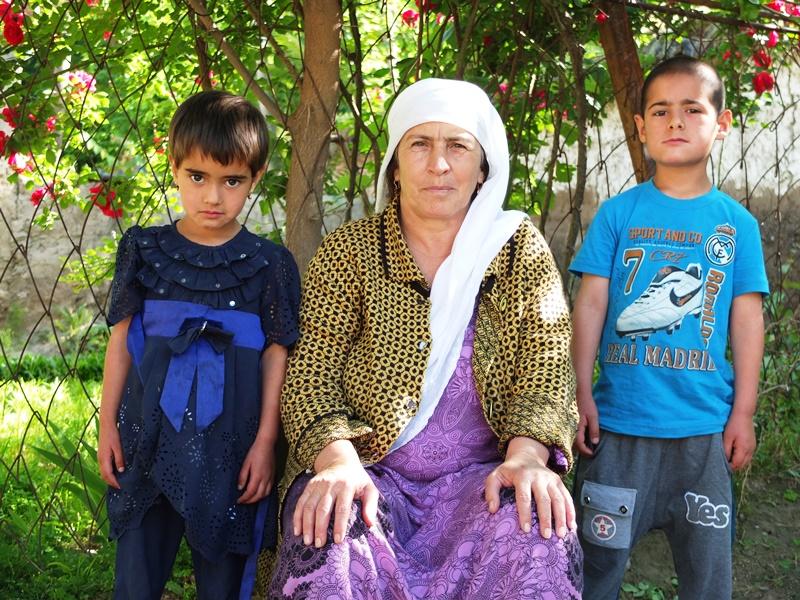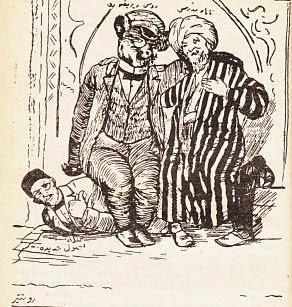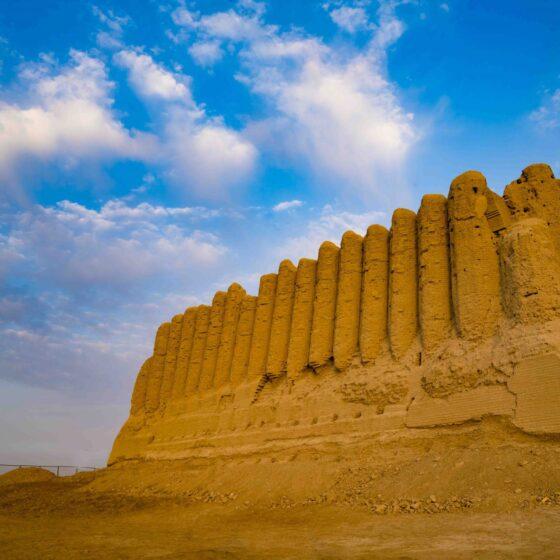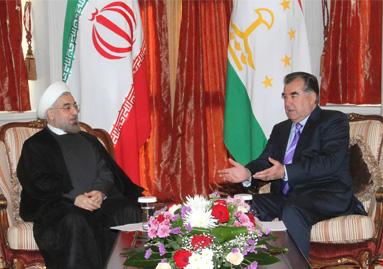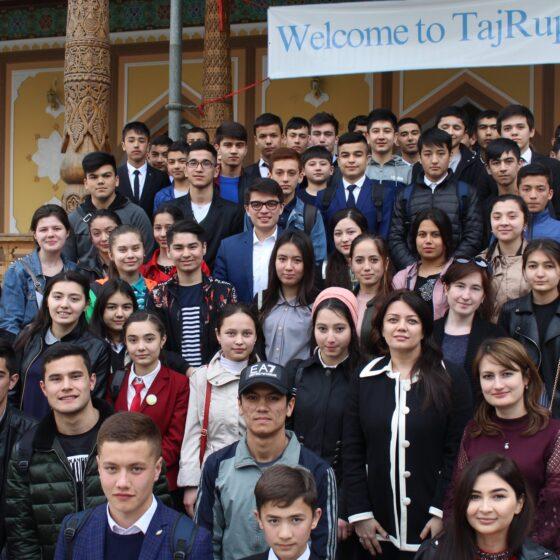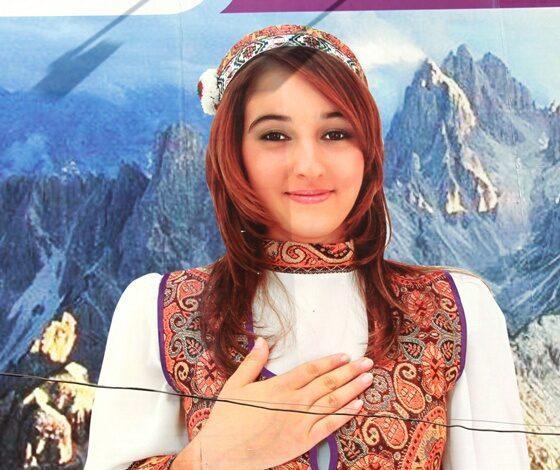Tajiks can be said are most suffered nation of former Soviet Union in latest quarter of century – bloody civil war, total economic collapse, massive labor migration, colossal corruption and lack of any freedom and hope. After husbands and fathers were killed or left to Russia or are unable to provide for the family anymore, women in many families of this conservative society had to leave home and seek for opportunities. On life of Tajik women the Central Asian Analytical Network talked with researcher Swetlana Torno, from the Heidelberg University in Germany.
Is it difficult to be a woman in Tajikistan?
Yes, but just as it is to be a man—one only needs to think of the economic situation in the country, reflected in a clear lack of employment or well-paid jobs that underpins the phenomenon of labor migration. This affects both, men and women, though in different ways.
This rather simplified pattern does not capture all complexities of everyday life in Tajikistan but it shows that individuals need to be understood as part of a bigger social group like the family. Thus, the difficulties that women face arise primarily from the social and economic situation of their family. However, they can change depending on the period of the life course at which we are looking. This complex relationship is best exemplified by real-life situations: I met many girls who after finishing high school desired to go to university but lacked financial resources at this stage in life for being the eldest among several siblings when her younger brothers did not yet work to help their family finance her studies. In other words, ‘timing’ matters in the context of a family—a not so obvious factor when you think about the problems of the country from a strictly macro-level. Most probably, to go back to my example, these girls will be married soon and give birth to several children. However, if their wish to study is still strong and their respective husbands support that wish, they can get enrolled most commonly as part-time students at a university while their mothers-in-law or another household member take care of the children.
There is no connection between the content of the interview/mentioned cases and the people on the photographs. Photographs of Tajik women are taken and provided by Swetlana Torno
Women in mid-ages, on the other hand, worry a lot about the wellbeing of their children: Do they behave and study well? Will my husband be able to earn enough money to buy the necessary books and a new uniform for the next school year for all our children? How can we possibly finance the university education of the brightest of our children and the upcoming commemoration ceremony of my husband’s mother, the upcoming wedding of my son, the medical treatment for my daughter? Should I look for additional clients in my tailoring business next to my job as a teacher to make the ends meet? Hopefully my daughter is doing well in her husband’s house! Hopefully our son returns back from the military service sound and healthy!
Challenges vary for women who for different reasons lost their husbands and thus need to be both, a father and a mother, for their children. The question here is whether they can count on the support from their in-law families next to their own siblings. Finally, labor migration creates a whole range of ‘changes’ and ‘challenges’ that affect women (and men) depending on the time in their life course. Examples include: the novel way to experience the fathers’ love and study instructions through mobile screens; young brides facing their own and their husband’s estrangement when they return back home after two or more years abroad; women running the family business, overseeing the house construction, and negotiating university entrance fees for their children in their husbands’ absence; old mothers wishing their eldest son would not need to set off again on a troublesome journey into a cold, often hostile country from where some come back home aggrieved.
Does the social category of a woman (I mean, being a sister, a daughter, a mother, a wife, a mother-in-law) add additional challenges on her?
Yes, and you raise an important point here. People in Tajikistan, and Central Asia at large, ascribe a high value to family relations. When meeting a person in Tajikistan, a common first question revolves around the wellbeing of one’s father, mother, sisters, brothers etc. This, I argue, is not a mere friendly remark. On the contrary, it underlines the importance people place on family. My work shows that in present-day Tajikistan the institution of the family plays a tremendously important role in the provision of care and social security. This is particularly evident when one thinks about the severe underfunding of state welfare institutions.
One of less researched topics in Central Asia is forced or arranged marriages. How is this issue seen through the eyes of a Western researcher?
The question of arranged marriage contains many shades of complexity which are often missed by outsiders. My data from Kulob and Dushanbe region shows a preference towards this ‘format’ since it is considered a common and ideal practice for the parents of the prospective groom to ask for the hand of a prospective bride. Thus, parents (mothers in particular) are the ones to negotiate most marriage details, while the prospective bride and groom stay in the background. It can happen that the marriage proposal happens on the initiative of mothers, or that a boy saw the girl somewhere and liked her. They might exchange photographs and phone numbers or meet at a public place so as to be sure that they find each other likeable before actually agreeing on the marriage. I also document cases where bride and groom knew each other from high school or university and have been talking to each other for some time. Here, after coming to an agreement that they like each other and want to marry, the boy needs to reveal his intentions to his mother, who then might inquire more about the girl and her family. If she comes to a positive conclusion, she will approach the girl’s mother. The anthropologist Gillian Tett has made an excellent research on this topic in 1990/1991.
Not seldom during my research I heard young people, boys and girls, stating that they actually want to marry a person that their parents chose for them because they are senior and have more life experience. I think this point is particularly difficult to understand for a person growing up in Europe, where people believe that marriages should happen strictly on the consent of the bride and groom. Along with that ideal, what we see in countries such as Germany, is the trend of young people to date each other for several years and to live together in one house (co-habitation) before marriage. In contrast, the ideal marriage age for boys and girls in Tajikistan lies comparatively low and prolonged interpersonal relationships before marriage are negatively valued. At the same time, marriage seems to be an issue that concerns not only the bride and groom but also their families. Viewed as such, arranged marriages appear as a more logical consequence of particular social ideals, expectations and practices.
There is no connection between the content of the interview/mentioned cases and the people on the photographs. Photographs of Tajik women are taken and provided by Swetlana Torno
Arranged marriages contain the possibility of bride and groom, in differing degrees, being involved in partner choice. However, they also contain the possibility of parents or older brothers imposing a decision upon their children and sisters respectively. Here, the line between force, persuasion and agreement due to a lack of other perspectives is difficult to draw. Looking into my own research data, I have first-hand information on four cases where young women had to accept the decision taken by their mothers, uncles or brothers. Except of one, they all ended in a divorce because the girls did not comply with the behavioral rules in their husbands’ households. They took an ‘exit strategy’ that required a lot of strength and there is no doubt that for each of the young women this was a personal tragedy. In cases of forced marriage, I hope that the girl’s social environment finds ways to assist her resolving the situation and regardless the outcomes she finds moral support in her family or professional psychological help.
Still, personally, I observe more marriages based on love. Am I wrong?
Ideas about love are very sophisticated in Tajikistan (mother’s love, love between siblings and partners) and deserve a thorough investigation. I did not do a systematic study on love and love marriages in Tajikistan, but I can share some observations. During my research, I got the impression that love (ishk) is a popular topic among youth in Tajikistan. I saw many young people hanging out in parks to get a glimpse of the other sex or talking on the mobile phone with each other. Several reported how they fell in love with somebody, got heart-broken because the person did not reciprocate it or married somebody else; some even wrote songs and poems about it. Young women often asked me if it is true that in Europe people marry for love. Some stated that love does not exist in Tajikistan because the parents choose one’s marriage partner; others claimed that they married for love.
Older generations, on the other hand, often pointed out that real love comes only after marriage and that children play an important role in this process. Children make the family and the relationship between a husband and wife strong, they argued. I have to admit, I spent a long time wondering how these different perspectives go together. Are they talking about the same feeling? Is it similar to the way people talk about love in Europe? It is difficult to get to the bottom of other people’s subjectivities. What I am certain about is that gender relations are constructed and lived differently in Tajikistan (I don’t mean everything, but there are differences) and this shapes the way how women and men feel toward each other.
On the other hand, in Germany there exists the idea about love on first sight and that the feelings between two persons develop over time and the longer they are together the stronger becomes their bond. This resonates with the love the older generations in Tajikistan describe.
Daughter-mother-in-law clashes are common in the region and in many cases result in divorces. What can be said on this problem? Is it happening more because new brides are less respectful towards their in-laws, as a clash of generations? Or these are just mothers-in-law who despite of facing the same psychological pressure when they were brides, use now the same tools against their sons’ wives?
Do economic problems change the role of women in society and family? Raised voice, more economic power, more freedom in movement and taking decisions, etc.?
Economic insecurity can unleash very different social dynamics, sometimes restricting the freedom of voice and sometimes promoting movement. Again, a nuanced perspective is needed here that takes into account developments over time. I know for example a case of a single mother with three children who married her daughter in the age of 17 because of economic constraints. After several years, it came to a divorce and the daughter returned to her mother’s home with her two children. This young woman decided that she does not want to marry again and since she could not find an appropriately paid job in Tajikistan she went to Russia leaving her children behind with her mother. After initial problems, she managed to find a stable job and within two years even became the main breadwinner for her mother, her younger sister, and her children back home. At the same time, her brother who was a labor migrant in Russia as well struggled finding permanent employment and was barely able to send money back home.
The social and economic position of this young woman changed considerably within 5–7 years, from being married under-age (i.e. a condition we would associate with the absence of freedom of movement or voice) to one with the most economic power within her family. Nevertheless, her situation comes with many caveats and struggles: for instance, she had to sacrifice the relationship to her children and as a labor migrant in Russia, she remains vulnerable to sub-optimal working conditions in the host country and frequently changing migration laws.
Are women more willing to leave their communities (and country) for education or job, and are their men (fathers, husbands) more willing to let them go?
There is no connection between the content of the interview/mentioned cases and the people on the photographs. Photographs of Tajik women are taken and provided by Swetlana Torno
Nevertheless, who is actually letting women go? How much ‘agency’ do they exercise in the decision to move? In general, studies on labor migration worldwide show that the decision to leave is not taken individually but within the family or household. Depending on the household composition, this can involve fathers, brothers, husbands or mothers-in-law. Drawing on my data on educational mobility, these are often mothers who support their daughters’ ambitions to study abroad. There are of course families that consider education for girls unnecessary or a decision that their prospective husband should take. During my research in Kulob, however, I also observed the tendency to enroll the girls at least at the Medical or Pedagogical Colleges with the hope that they will be able to contribute to family income after marriage. I witnessed cases where mothers and elder sisters collected money to enable their daughters/younger sisters to acquire study permits, international passports, program entrance fees and plane tickets. In other words, despite the fact that fathers and husbands are usually presented as heads of households, women are decisively involved in shaping their daughters’ life courses and future.
What are the differences of everyday lives of Tajik women from women in the West, let’s say Germany?
Your first question was about the difficulties women face in Tajikistan. Comparing it with Germany and taking it to a more general level, I think it is difficult to be a woman in any country of the world. Women’s living conditions, expectations, responsibilities and challenges vary depending on the country they live in as well as on their membership to a social class, ethnicity or age group. Some things are easier for women at particular periods in their life-course in one country that might be or seem difficult to women in a comparable social or economic position in another country. The reverse, however, can also be true. We need to look on the whole context in order to identify what are the particular difficulties individual persons as well as social and age groups face.
